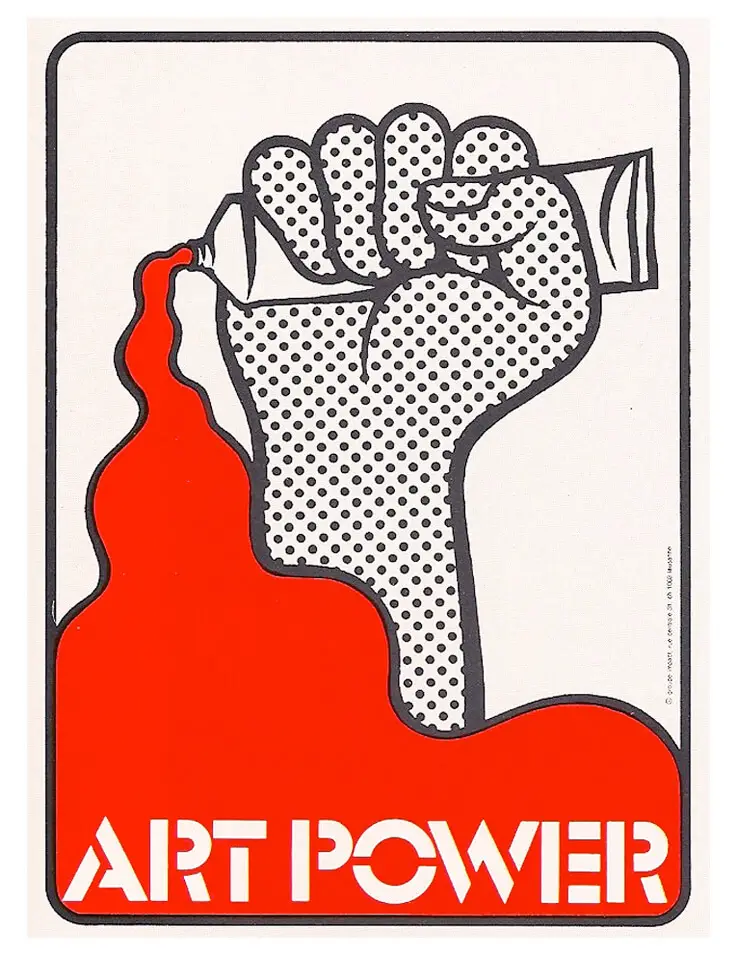Art Conservation and Restoration

Art acts as a link between generations, carrying the stories, emotions, and aspirations of the past with it. The task of preserving this rich cultural tapestry falls to art conservators and restoration specialists. This investigation delves into the complex world of art conservation and restoration, a critical endeavour that ensures the longevity and continued appreciation of our artistic heritage.
Understanding the Process of Conservation
Art conservation is a complex combination of science and artistry. It starts with a thorough examination of the artwork’s condition, which includes detailed documentation of its physical condition, materials, and any previous interventions. This assessment serves as the foundation for developing a comprehensive conservation plan tailored to the artwork’s specific requirements.
Conservators use a variety of techniques to stop degradation and restore the artwork’s aesthetic and structural integrity once a plan is established. Cleaning, stabilising fragile elements, repairing damages, and protecting against environmental factors such as light, humidity, and pollutants are all possible. Conservators breathe new life into artworks while preserving their beauty for posterity.
Art Restoration Techniques and Technologies
Technological advancements have transformed the field of art restoration. Conservators can peer beneath the surface of artworks using non-invasive imaging techniques such as infrared reflectography and X-ray fluorescence. These techniques reveal hidden details, alterations, and the underlying sketches of the artist, shedding light on the creative process.
Chemical analysis has long been used to identify pigments, binders, and varnishes used by artists. This knowledge aids in the selection of appropriate restoration materials and techniques, ensuring that interventions are in harmony with the original composition of the artwork.
Restoration Ethical Considerations
Art restoration is fraught with ethical quandaries. It can be difficult to strike a balance between preserving an artwork’s historical significance and restoring its visual appeal. Some restoration decisions involve addressing previous interventions that may have influenced the authenticity of an artwork over time.
Ethical considerations also extend to the artist’s intent. The delicate task of restoring an artwork while remaining true to the artist’s original vision necessitates extensive research and consultation with experts in the field.
Important Art Restoration Projects
Iconic artworks have undergone transformative restoration efforts throughout history. The famous restoration of the Sistine Chapel ceiling in the 1980s required meticulous cleaning to reveal Michelangelo’s original vibrant colours. The restoration of Leonardo da Vinci’s “The Last Supper” required extensive research to uncover the artist’s true intentions despite centuries of decay.
These projects demonstrate conservators’ dedication to revealing an artwork’s hidden splendour, often revealing details that had been obscured by time.
Artists, Conservators, and Institutions Working Together
The field of art conservation is a team effort. Artists, conservators, and art institutions collaborate to ensure the survival of cultural treasures. Restoration decisions are guided by artists’ insights into their own works and intentions, ensuring that interventions remain true to the artistic legacy.
Institutions are critical in providing the resources and expertise required for restoration projects. These collaborative efforts reflect a shared commitment to the cultural and historical significance of art.
The Conservation of Art in the Future
The landscape of art conservation changes as technology advances. Digital technologies and artificial intelligence (AI) are starting to play a role in restoration processes, assisting in the analysis and documentation of artworks. Conservators, on the other hand, bring both scientific knowledge and artistic sensibility to their work, making the human touch irreplaceable.
Training the next generation of conservators is critical to preserving the legacy of art conservation. Bridging the gap between traditional techniques and modern technologies ensures that future art custodians are prepared to navigate the evolving field’s challenges and opportunities.
Summary
Art conservation and restoration demonstrate humanity’s dedication to preserving its cultural heritage. Conservators’ meticulous efforts allow us to experience the beauty and significance of artworks across generations. We gain a deeper appreciation for the skill, passion, and collaboration required to safeguard the masterpieces that enrich our understanding of the past and inspire the future as we delve deeper into the world of art restoration. We find a profound connection to the enduring essence of art itself in this dance between preservation and appreciation.
Recommend0 recommendationsPublished in Blogs







